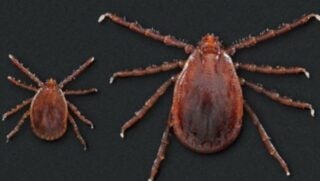In order to meet an ongoing demand from craft and mainstream brewers, Pacific Northwest hop acreage has increased 6.4 percent to 54,135 acres, according to the latest report from the USDA-NASS.
Hopsteiner’s U.S. hop farms are located in Yakima, Washington, a region that sees a 4 percent acreage increase year-over-year. Washington State takes the top spot of acreage in the Pacific Northwest, as it covers over 71.9 percent of the 54,135 acres. Over the past six years, that region alone has increased by 82 percent.
“We’re not surprised by this rapid growth of the hop industry as we have seen it first hand,” said Bill Elkins, Sales Representative for Hopsteiner. “There is a massive desire by craft beer drinkers for brewers to come up with unique, hoppy flavors. As growers, we’re receiving contracts from brewers which directly relates to not only how much acreage we need, but the growth of the hop business.”
Oregon, the second largest producer (by acreage) in the United States, has increased acreage by approximately 4 percent compared to 2016. Meanwhile Idaho, which remains the 3rd largest producer, reported the largest increase this year with 27 percent more acres strung for harvest when compared to last year. These regional numbers helped to officially make the U.S. the largest hop-growing country (acreage basis) in the world, ahead of Germany.
Cascade remains the single largest cultivated variety in the United States, though total reported acreage for this variety is projected to decrease approximately 5.5 percent when compared to 2016. Centennial acreage continues its upward trend of recent years and is projected to increase nearly 9 percent in 2017.
One of the more surprising developments in the report was Comet, an older hop with a fruity aroma, which has recently been revived by brewers looking for that “New England-type feel” for their beers. With an increase of 76 percent, Comet saw the highest percentage increase by far among hop varieties.


